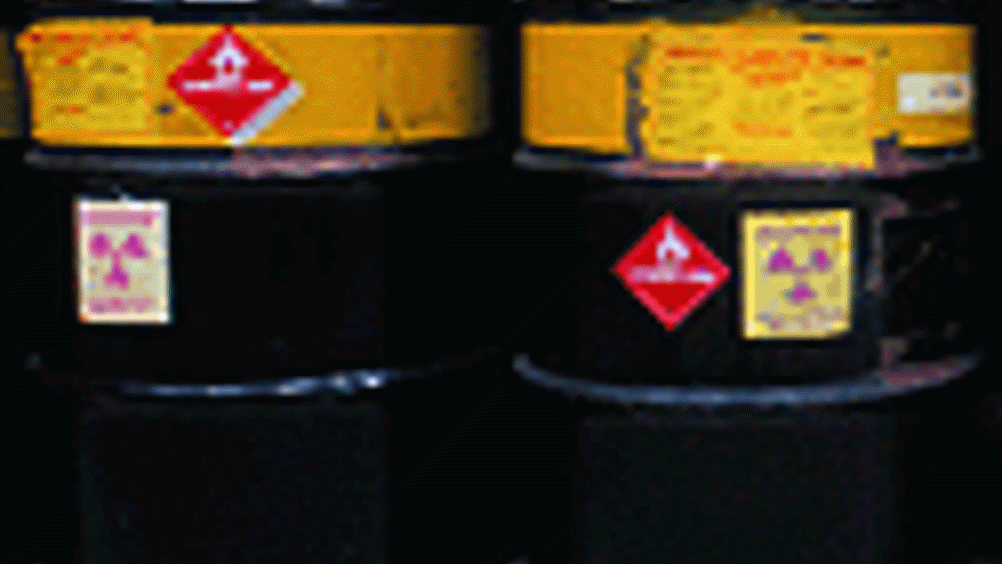Tracking illicit nuclear trade

A Sandia researcher says he has developed a simulation program designed to track the illicit trade in radiological material and predict who is building the next nuclear weapon and where they are doing it.
‘By using a cluster analysis algorithm coded into a program, I evaluated those traffic patterns and routes in which thefts, seizures, and destinations of materials were reported,’ said Sandia researcher David York. ’Data from these examinations were enough to allow me to retrospectively depict the A. Q. Kahn network before it was uncovered.’
Kahn is a Pakistani scientist linked to the illicit proliferation of nuclear technical knowledge. Cluster analyses link data of common place, time, or material. Testing a computer simulation on a known past event is one accepted means of establishing the program's validity.
In the Kahn analysis,
Register now to continue reading
Thanks for visiting The Engineer. You’ve now reached your monthly limit of news stories. Register for free to unlock unlimited access to all of our news coverage, as well as premium content including opinion, in-depth features and special reports.
Benefits of registering
-
In-depth insights and coverage of key emerging trends
-
Unrestricted access to special reports throughout the year
-
Daily technology news delivered straight to your inbox










British Steel Signs Five Year Deal With Network Rail
It was all very well to pass emergency legislation which amounted to a ´command economy´ for the industry (directors could be ordered to continue the...